
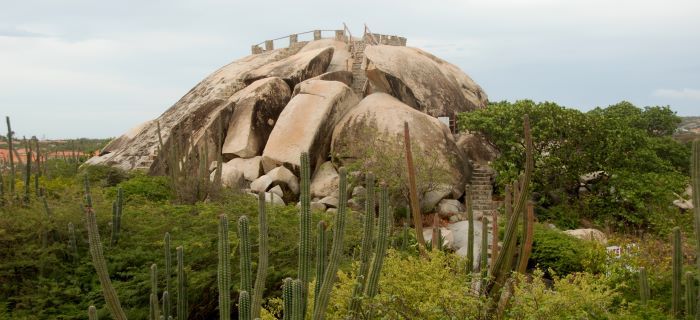
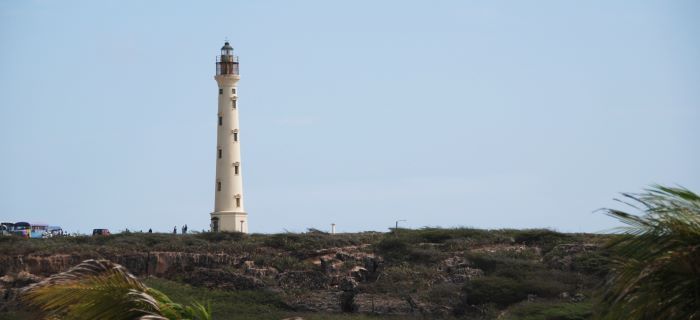
°F
-
°C
more weather...
Live Webcams
Aruba Attractions and Sights
Alto Vista Chapel

The chapel was built in 1952 on the site of the original, and first, Catholic church built in Aruba in 1750 by a Spanish missionary, Domingo Antonio Silvestre. The bright yellow chapel is reached by a winding road lined with white crosses marking the stations of the cross. It is a special place for peace and contemplation, surrounded by the Aruban countryside.
Arikok National Park

Surrounding Mt. Arikok near the center of the island is a natural preserve which features some of the oldest Arawak drawings, as well as trails that showcase Aruba's great variety of plants and animals like the divi-divi and kwihi trees, rare and exotic cacti, aloe, tropical flowers, birds and iguanas. There's also an old Aruban "cunucu" house, "cas ditorta," made of mud and grass. Together with the Coastal Protection Zone, Arikok National Park encompasses 18 percent of the island.
Ayo Rock Formations
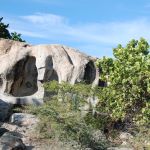
Towering stone boulders, placed in such close proximity and in unusual designs, combined with the tranquil environment of Ayo, create a sense of awe and an understanding of why the area was once considered a sacred site by the island's original inhabitants (the Arawak Indians).
Bushiribana Ruins - Aruba's Gold Mine Smelter Ruines
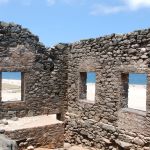
Aruba's Gold Mine Ruines (Bushiribana Ruins) are the remains of a gold smelter that was built of natural stone in 1825 and functioned for most of the 19th century. The ruins, mainly crumbling walls and graffiti, are interesting for their historical value, but the site has no guides or explanatory material. It's said that the smelter, in it's 90 years of operation, produced some three million pounds of gold.
California Lighthouse

The stone lighthouse was designed by a French architect in 1910 and constructed on Aruba between 1914 and 1916. It's named after the S.S. California, a wooden sailing ship that sank near shore.
Casibari Rock Formation
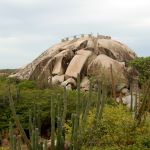
This rock formation is are clusters of huge tonalite rocks sit together in an area just north of Hooiberg. This rock formation, unique to the more typical features of the area, inexplicably rises up from the desert soil to create an unusual setting. Some of the rocks weigh several tons and feature peculiar forms. The Government of Aruba has created walking trails and steps through the rocks, allowing hikers to reach the top to obtain breathtaking views of the island.
Donkey Sanctuary Aruba
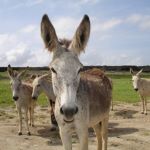
Founded in 1997 as a non-profit and completely volunteer run organization, our mission is simple. Save the Donkeys! Although not originally native to the small island of Aruba, they have existed here for 500 years having been the primary mode of transportation until cars began to be introduced on the island in increasing numbers. At that point, many Arubans no longer had the need for their formerly beloved donkey, and sadly in the 1970’s, a dangerous and rapidly spreading illness nearly caused their extinction leaving behind a population of only 20 wild donkeys.
Fort Zoutman And Willem III Tower
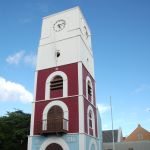
The oldest building in the country, this Dutch fortress now houses the Historical Museum of Aruba, where Caiquetio artifacts from the prehistoric past are now on display alongside remnants from the Dutch colonial period and other items of local interest.
Lourdes Grotto
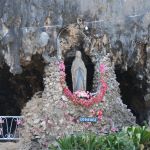
On a drive to the northeastern coast from San Nicolas is a unique Roman Catholic shrine built into the rocks. The grotto is located in Seroe Preto (black hill).The Lourdes Grotto, named in commemoration of the famous French religious landmark, was created under the guidance of a priest named "Erkamp" and parishioners in the year 1958. A statue of the Virgin Mary, weighing 700 kilos, was hoisted into place in the grotto. Every year, on February 11 (feast of Lady of Lourdes), a procession leaves from the St. Theresita church in San Nicolas to the grotto, where a mass is performed.
Natural Bridge - (collapsed on September 2, 2005)
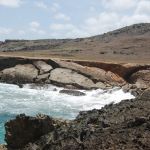
This was one of Aruba's most popular attractions. The bridge was a formation of coral limestone cut out by years of pounding surf, and was one of the largest of these types of spans in the world. It standed some 23 feet (7 meters) above sea level and spans more than 100 feet (30 meters).
Natural Pool
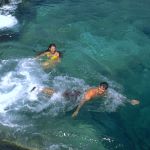
The Natural Pool or "conchi" called "Cura di Tortuga" is a secret, hidden pool on the windward
coast surrounded by rocks and is a perfect getaway for a moment of total relaxation.
The location of the pool is surrounded by some of Aruba's most rugged terrain, so visitors truly
gets the feeling of having "discovered" something when their eyes focus on the site. Diving from
the rock cliffs into the protected pool of ocean water is the main reason why so many venture here
off the beaten path.
Quadiriki Caves
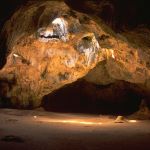
Here you can see Arawak petroglyphs. The name is is also of Arawak origin. This isn't the only place on the island where the Arawaks drew their likenesses of people and fish and other objects, but it is the most accessible. The caves, located high in the wall of a limestone cliff, house many deep passages. The first two chambers, about as far as you can go, are damp and dark, filled with bat guano and dripping stones and graffiti along with the petroglyphs. At the front of the cave is a small concession that rents high-intensity flashlights, a definite must if you haven't brought your own. The concession is open daily 10am - 6pm.